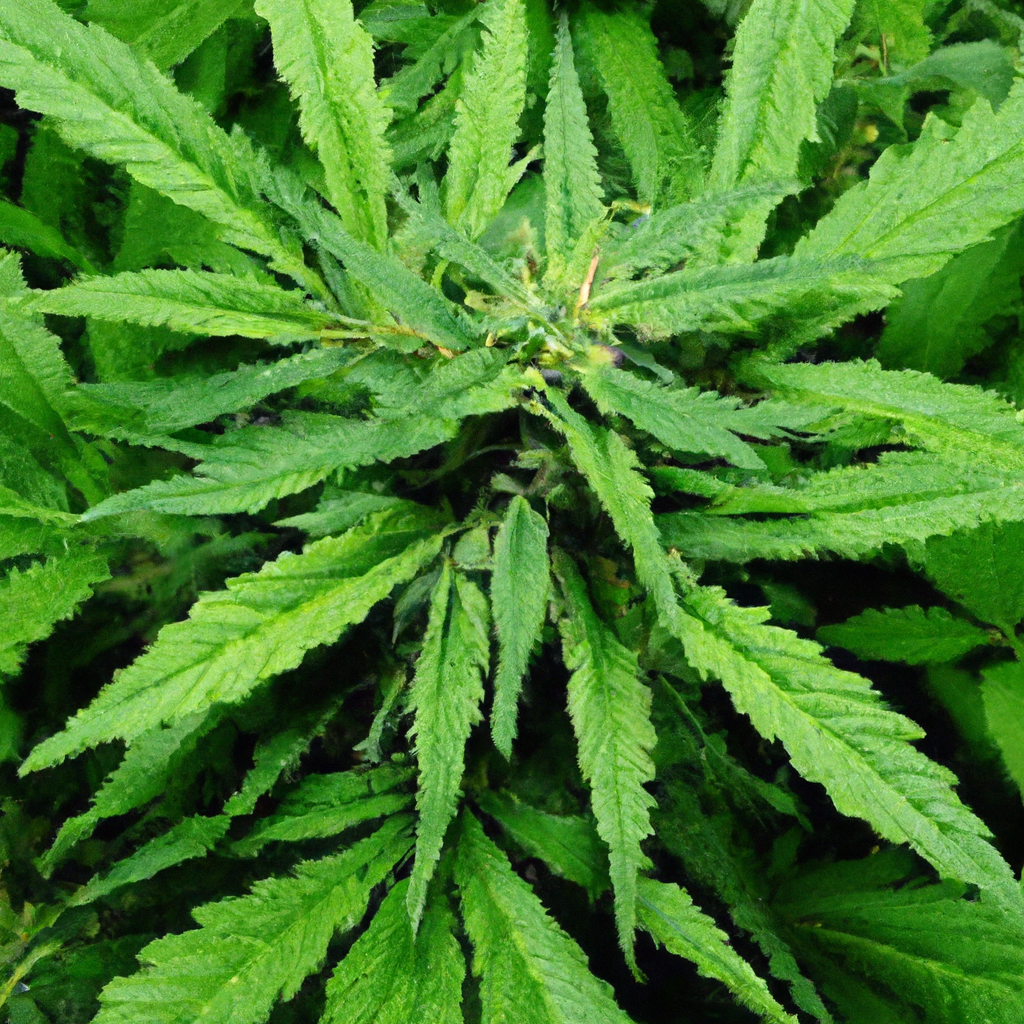Your cart is currently empty!
The relationship between cannabis and the environment is a dynamic interplay that influences the quality and characteristics of the plant. As demand for cannabis increases, understanding the impact of terrain on its growth becomes essential. This article explores how different terrains affect cannabis cultivation and delves into the unique advantages of adapting growing strategies to geographical features.
The Influence of Soil and Terrain
Soil and terrain are crucial factors in cannabis cultivation, directly impacting the plant’s health and yield. Different types of soil offer varying levels of nutrients, drainage capacity, and pH balance, affecting the plant’s ability to absorb essential elements.
- Loamy Soil: Highly fertile and well-draining, ideal for promoting robust cannabis growth.
- Sandy Soil: Fast-draining, necessitating frequent watering and specific nutrient adjustments.
- Clayey Soil: Retains water well, but may require aeration for optimal root development.
Benefits of Topographical Diversity
Growing cannabis in varied terrains comes with unique advantages, allowing cultivators to harness natural elements to boost plant development and quality.
Elevation and Climate
The elevation of a growing area can significantly alter climate conditions, temperature, and sunlight availability. High-altitude regions, for example, enable cannabis to grow in more intense sunlight and cooler temperatures, promoting increased resin production.
Microclimates
Diverse terrains foster the creation of microclimates, offering customized growing conditions. Different altitudes, slopes, and orientations can provide microclimates that are cooler, warmer, or more humid, each influencing the plant’s growth process distinctly.
Adapting Cultivation Techniques
To optimize cannabis yield across different terrains, growers can adopt specific cultivation techniques suited for their environmental conditions.
- Contour Farming: Reduces soil erosion and enhances water retention by planting along the contour lines of slopes.
- Terracing: Creates flat surfaces in hilly areas, improving stability and irrigation management.
- Greenhouse Techniques: Offers controlled environments to mitigate climate variability.
Conclusion
As cannabis cultivation continues to evolve, understanding the nuances of terrain and its influences provides growers with the opportunity to produce superior strains with unique characteristics. By integrating natural environmental features with modern cultivation practices, the relationship between cannabis and terrain can be maximized, leading to flourishing crops and sustainable farming practices.
Key Takeaway: Adapting cultivation techniques to specific terrain and soil conditions can significantly enhance cannabis quality and yield. Understanding how terrain influences growth enables growers to cultivate more robust plants.


Leave a Reply